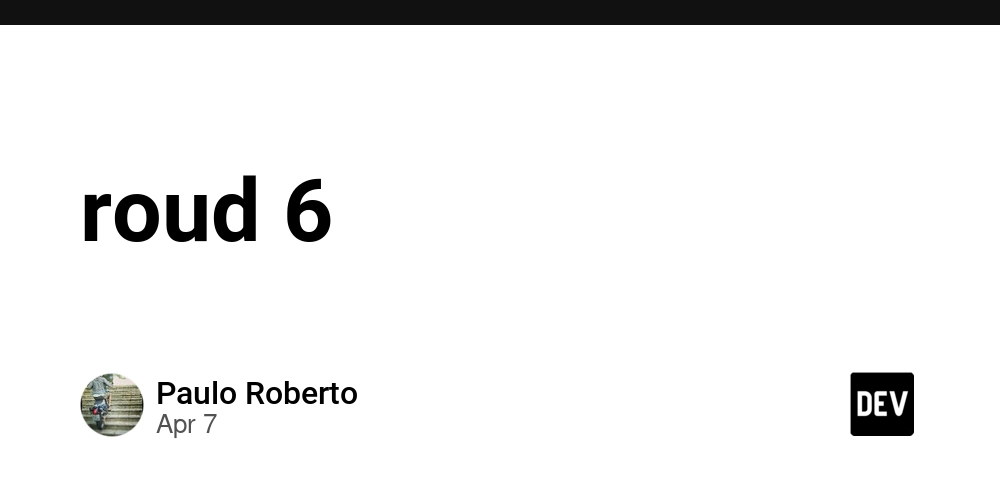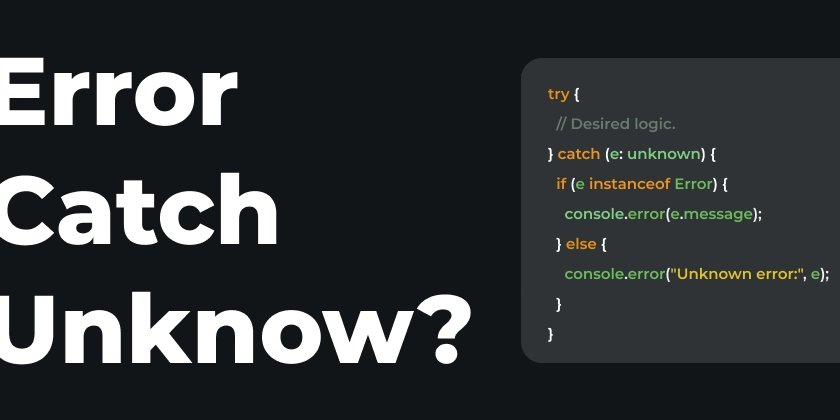How Remote Software Teams Stay Productive and Aligned
Introduction – The Rise of Remote Development Teams Remote work has become the new normal for software development. From startups to global tech giants, teams now collaborate from different cities, countries even continents. But with this flexibility comes a unique set of challenges: How do teams stay aligned without constant meetings? How do developers remain productive across time zones? How do managers keep track without micromanaging? The most successful remote teams adopt intentional practices and tools to build alignment, trust, and momentum. No matter the distance. 1. Embrace Asynchronous Communication Real-time chat has its place but remote teams thrive with async-first culture. Share updates via recorded videos, threads, or written standups Document decisions instead of repeating them across calls Give team members time to digest and respond, regardless of time zone Async work leads to deeper thinking and fewer unnecessary interruptions. 2. Make Work Visible Without a shared office, visibility becomes essential. Use visual boards to show who’s working on what Define task status clearly (To Do, In Progress, Needs Review, Done) Encourage public updates over private DMs Transparency builds accountability without the need for micromanagement. 3. Standardize Documentation When questions are answered in private messages, knowledge gets lost. Instead: Maintain shared, living documentation Use templates for specs, retros, and onboarding Link tasks to documentation directly for context A well-documented team scales faster and avoids repeating mistakes. 4. Create Clear Working Agreements Remote teams function best when expectations are crystal clear. Define response windows and meeting hours Clarify time zones and availability Agree on decision-making processes The fewer assumptions, the fewer frustrations. 5. Protect Deep Work Time Remote doesn’t mean always available. Block off hours for focused work Limit unnecessary check-ins Balance collaboration with autonomy Focus leads to better code and happier developers. How TaskFrame Supports Remote Team Productivity Remote software teams need clarity, structure, and seamless coordination. That’s exactly what TaskFrame delivers. Wireframe-based task planning provides visual clarity, no need for long calls to explain what needs to be built Each element or task includes customizable properties, giving teams full context without switching tools Docs, wireframes, and tasks live together, reducing fragmentation and supporting async collaboration Managers can get a clear picture of progress without interrupting team flow Teams stay aligned across time zones with built-in documentation and visual task tracking With fewer meetings, less friction, and more clarity, remote teams can focus on what matters: building great software. Conclusion – Distance Doesn’t Have to Mean Disconnection Remote teams don’t just work they excel when supported by the right mindset and systems. With clear communication, documented processes, and tools like TaskFrame, distance becomes an advantage—not a limitation. Try TaskFrame and help your remote team thrive with clarity, structure, and focus.

Introduction – The Rise of Remote Development Teams
Remote work has become the new normal for software development. From startups to global tech giants, teams now collaborate from different cities, countries even continents.
But with this flexibility comes a unique set of challenges:
- How do teams stay aligned without constant meetings?
- How do developers remain productive across time zones?
- How do managers keep track without micromanaging?
The most successful remote teams adopt intentional practices and tools to build alignment, trust, and momentum. No matter the distance.
1. Embrace Asynchronous Communication
Real-time chat has its place but remote teams thrive with async-first culture.
- Share updates via recorded videos, threads, or written standups
- Document decisions instead of repeating them across calls
- Give team members time to digest and respond, regardless of time zone
Async work leads to deeper thinking and fewer unnecessary interruptions.
2. Make Work Visible
Without a shared office, visibility becomes essential.
- Use visual boards to show who’s working on what
- Define task status clearly (To Do, In Progress, Needs Review, Done)
- Encourage public updates over private DMs
Transparency builds accountability without the need for micromanagement.
3. Standardize Documentation
When questions are answered in private messages, knowledge gets lost. Instead:
- Maintain shared, living documentation
- Use templates for specs, retros, and onboarding
- Link tasks to documentation directly for context
A well-documented team scales faster and avoids repeating mistakes.
4. Create Clear Working Agreements
Remote teams function best when expectations are crystal clear.
- Define response windows and meeting hours
- Clarify time zones and availability
- Agree on decision-making processes
The fewer assumptions, the fewer frustrations.
5. Protect Deep Work Time
Remote doesn’t mean always available.
- Block off hours for focused work
- Limit unnecessary check-ins
- Balance collaboration with autonomy
Focus leads to better code and happier developers.
How TaskFrame Supports Remote Team Productivity
Remote software teams need clarity, structure, and seamless coordination. That’s exactly what TaskFrame delivers.
- Wireframe-based task planning provides visual clarity, no need for long calls to explain what needs to be built
- Each element or task includes customizable properties, giving teams full context without switching tools
- Docs, wireframes, and tasks live together, reducing fragmentation and supporting async collaboration
- Managers can get a clear picture of progress without interrupting team flow
- Teams stay aligned across time zones with built-in documentation and visual task tracking
With fewer meetings, less friction, and more clarity, remote teams can focus on what matters: building great software.
Conclusion – Distance Doesn’t Have to Mean Disconnection
Remote teams don’t just work they excel when supported by the right mindset and systems.
With clear communication, documented processes, and tools like TaskFrame, distance becomes an advantage—not a limitation.
Try TaskFrame and help your remote team thrive with clarity, structure, and focus.











































































































































































![[The AI Show Episode 143]: ChatGPT Revenue Surge, New AGI Timelines, Amazon’s AI Agent, Claude for Education, Model Context Protocol & LLMs Pass the Turing Test](https://www.marketingaiinstitute.com/hubfs/ep%20143%20cover.png)














































































































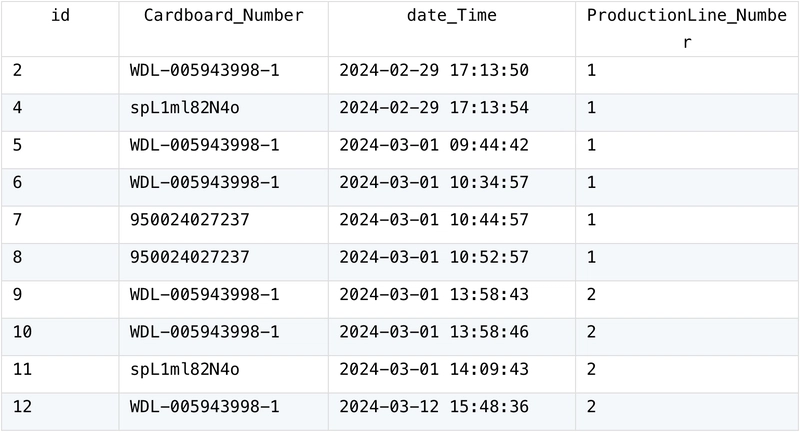
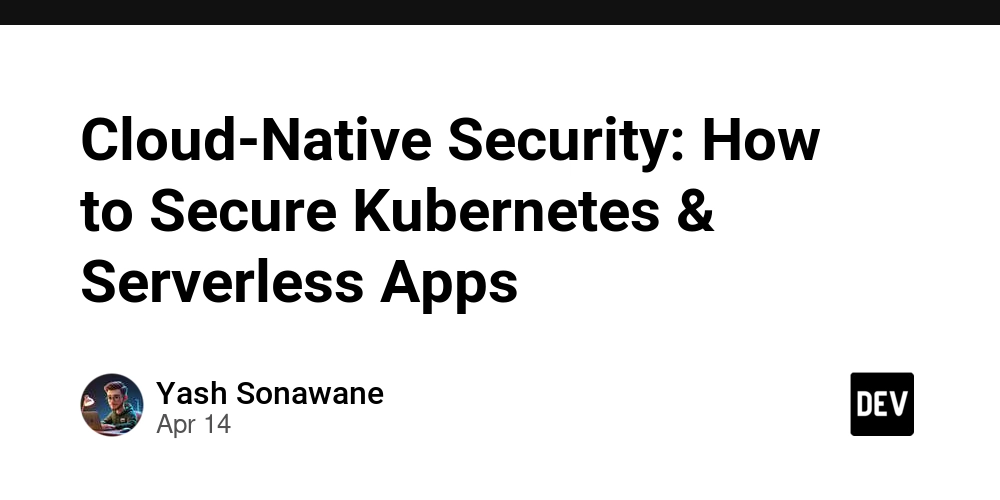
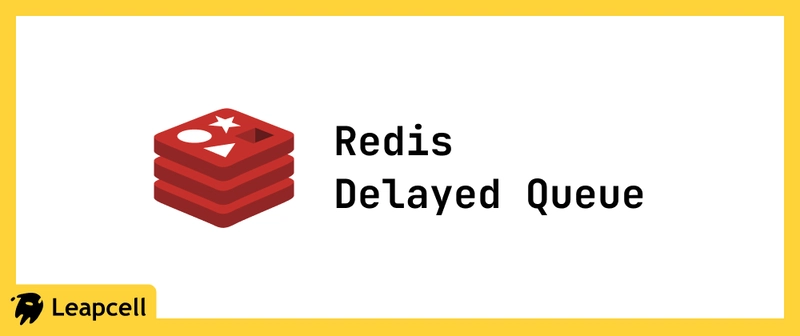









![[DEALS] Microsoft Visual Studio Professional 2022 + The Premium Learn to Code Certification Bundle (97% off) & Other Deals Up To 98% Off](https://www.javacodegeeks.com/wp-content/uploads/2012/12/jcg-logo.jpg)



![From Accountant to Data Engineer with Alyson La [Podcast #168]](https://cdn.hashnode.com/res/hashnode/image/upload/v1744420903260/fae4b593-d653-41eb-b70b-031591aa2f35.png?#)








































































































.png?#)

































































































































![What Google Messages features are rolling out [April 2025]](https://i0.wp.com/9to5google.com/wp-content/uploads/sites/4/2023/12/google-messages-name-cover.png?resize=1200%2C628&quality=82&strip=all&ssl=1)











![iPadOS 19 Will Be More Like macOS [Gurman]](https://www.iclarified.com/images/news/97001/97001/97001-640.jpg)
![Apple TV+ Summer Preview 2025 [Video]](https://www.iclarified.com/images/news/96999/96999/96999-640.jpg)
![Apple Watch SE 2 On Sale for Just $169.97 [Deal]](https://www.iclarified.com/images/news/96996/96996/96996-640.jpg)

































































































































